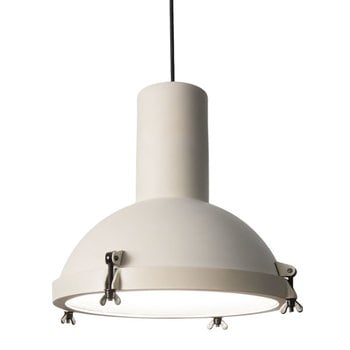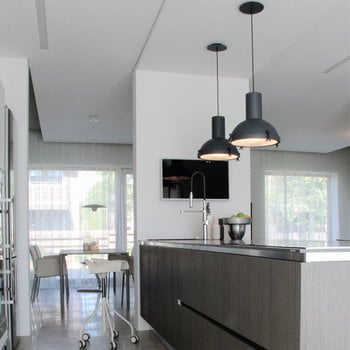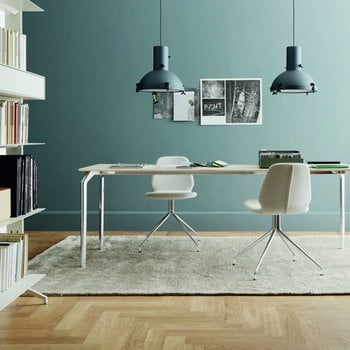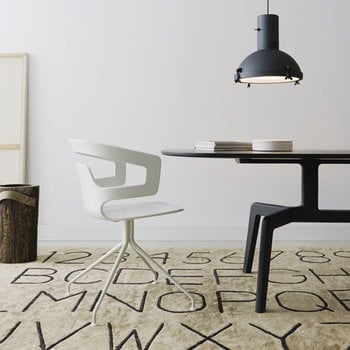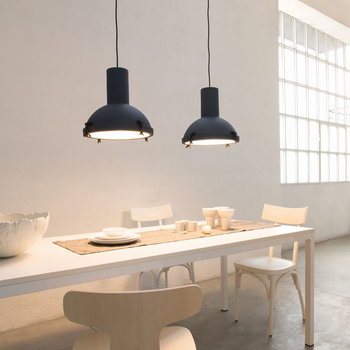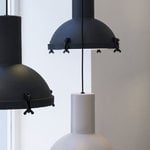Nemo Lighting’s Projecteur light was designed by Le Corbusier in 1954. The charming industrial design is based on the architect’s original drawings, found in the archives of Le Corbusier Foundation in 2012. The light features a simple aluminium shade, sandblasted diffusor glass and visible wing nuts and screws. Originally created for the Chandigarh High Court in India, Projecteur 365 won the “Best Reissues” category of the Wallpaper Design Awards 2013.
Projecteur 365 pendant, white sand
Nemo Lighting
Description
Nemo Lighting’s Projecteur light was designed by Le Corbusier in 1954. The charming industrial design is based on the architect’s original drawings, found in the archives of Le Corbusier Foundation in 2012. The light features a simple aluminium shade, sandblasted diffusor glass and visible wing nuts and screws. Originally created for the Chandigarh High Court in India, Projecteur 365 won the “Best Reissues” category of the Wallpaper Design Awards 2013.
Product details (14)
- Material
- Aluminium
- Colour
- White sand
- Width
- 37 cm
- Diameter
- 37 cm
- Height
- 38 cm
- Bulb base
- E27
- Light source
- 16W LED
- IP rating
- 30
- Voltage
- 230 V
- Certifications and labels
- CE, EAC, UL
- Cable length
- 300 cm
- Canopy
- Yes
- Ceiling plug
- No
- Dimmable
- No, but can be fitted with an aligned dimmer.
- Product ID
Designer
Charles-Édouard Jeanneret-Gris (1887-1965) was a Swiss architect, artist, designer, urban planner and writer, best known for his achievements in modern architecture. He adopted the name Le Corbusier, a pseudonym of his grandmother’s last name Lecorbésier, in 1920 in the first issue of the L’Esprit Nouveau journal.
Le Corbusier started his studies at the La Chaux-de-Fonds art school at the age of thirteen and soon shifted from watchmaking to painting and architecture. He designed his first house in 1905, made several study trips to Europe and worked for a number of architects such as Auguste Perret and Peter Behrens. During World War I Le Corbusier taught in his alma mater and moved later to Paris.
His most important architectural pieces include Villa Savoye in Poissy (1929-1931), Unité d’Habitation in Marseille (1947-1952), the city of Chandigarh in India (1954) and Notre Dame du Haut in Ronchamp (1955). In furniture design Le Corbusier’s LC4 chaise longue and LC2 armchair and sofa are true icons.
Would you like to read more about Le Corbusier and his work? Discover our books:
Le Corbusier, Le Corbusier Le Grand, Guido Guidi: Le Corbusier, 5 Architectures, The Design Book, Atlas of Mid-Century Modern Houses
Reviews (0)
Sustainability
This product does not yet have a sustainability rating.
Learn more.
